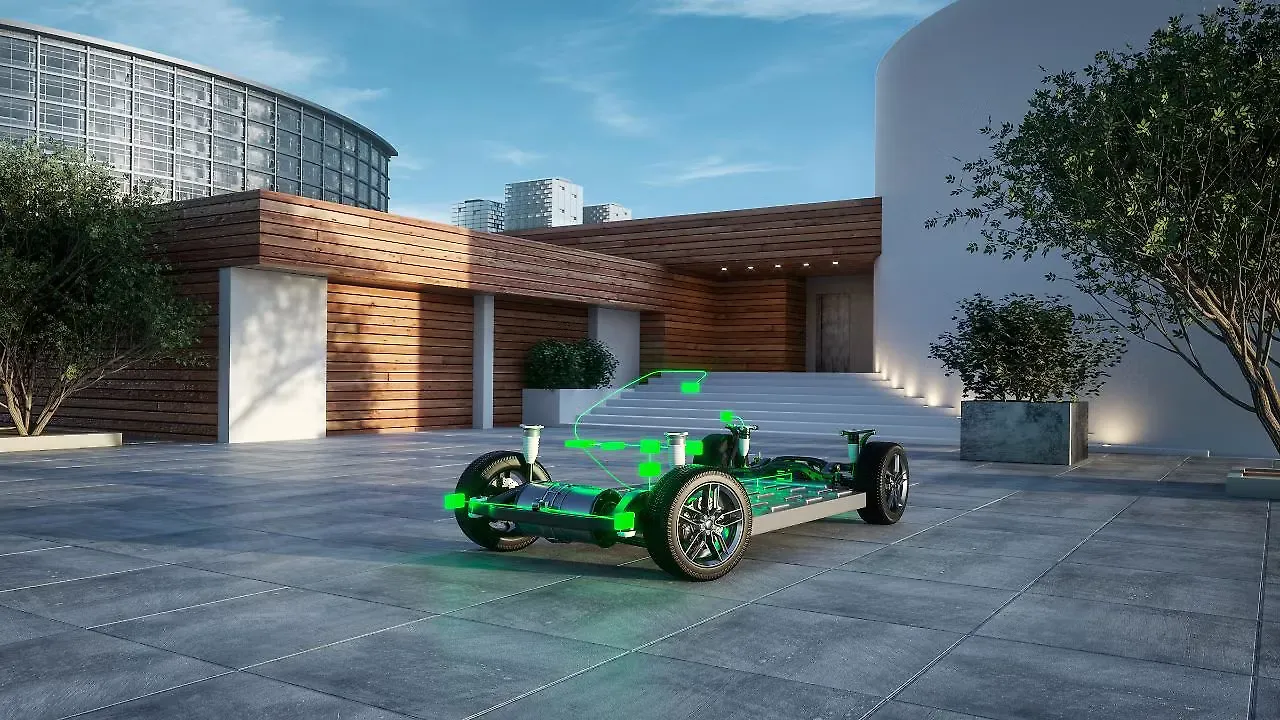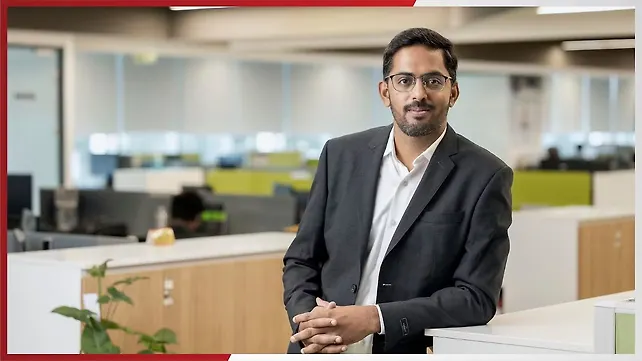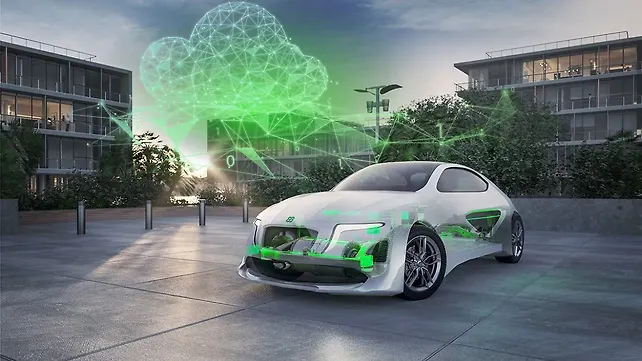
In the ever-evolving landscape of automotive innovation, a seismic shift has occurred, redefining the essence of value generation within the industry. The focal point has pivoted from traditional hardware-centric design to a paradigm where software takes centre stage.
On the evolution of software development in the automotive industry, Kollu Nandakumar, Head of Product Development – Elektrobit India, told Mobility Outlook that in the transformative journey the future of automotive development begins not with metal and machinery, but with lines of code that breathe life into vehicles.
Traditionally, cars were meticulously crafted around hardware specifications, with software playing a supplementary role, fine-tuned for specific components post-production. The dawn of a new era has witnessed an inversion of this age-old model. Today, the inception of automotive development lies in software, dictating a vehicle's functionality and promising a lifecycle of continuous updates. For some, the software-defined mobility revolution is a disruptive revelation, but for those immersed in these technological elements, it is a seamless integration of innovation and evolution, he noted.
Software is not merely a tool; it is the artisan behind a personalised digital in-car experience, tailored to customers’ preferences, and continuously refreshed and updated through Over-The-Air (OTA) updates. Projections indicate that by 2026, a substantial 36% of cars will embrace the OTA, ushering in a new era of convenience and flexibility.
Post-Sales Features, New Revenue Streams
According to Nandakumar, the future is not just about selling cars; it's about creating an ecosystem of features that evolve post-sales. Original Equipment Manufacturers (OEMs) are stepping into a realm where 30% of their revenue is expected to be generated through software-based features and services by 2030. It will be a shift from the transactional to the experiential, where the car becomes a dynamic entity, constantly evolving and offering new features, turning every drive into an experience.

Software does not merely enhance user experience; it unlocks a realm of value-added services powered by data-driven approaches, such as Artificial Intelligence (AI) and Machine Learning (ML). Imagine personalised insurance premiums formulated by individual driving patterns or predictive maintenance that anticipates your car's needs. The software is not just a language; it is the orchestrator of a symphony of services that elevate the driving experience, he said.
Managing Complexity
However, as the software inside cars burgeons, so does the complexity of development and maintenance. The key to navigating this intricate landscape lies in the evolution of Electrical/Electronic (E/E) architecture. Moving from a flat architecture to domain centralisation, zone computing, and a central brain, the roadmap is clear. Separate life cycles for hardware, common software, and application software ensure a harmonised yet dynamic approach, actively driven by OEMs in tandem with their counterparts. In a global context where software reigns supreme, India is not just adapting; it is contributing to the narrative, aligning itself with the pulse of the automotive software revolution.
Emerging Challenges In New Product Development
The journey to Software-Defined Vehicles (SDVs) is not a predefined path but a landscape of challenges and innovations. Legacy systems pose a formidable hurdle as auto players strive to transition into the SDV approach. The key lies in crafting new functions swiftly, aligning with shorter development times through cloud-based workflows. With limited vehicles built on common software platforms, the industry grapples with the shift towards SDVs.As software becomes the lifeline, security and safety considerations take centre stage. Regulations mandating vehicle lifecycle management necessitate constant updates, fostering collaborations within the mobility ecosystem.
Customisation Vs Standardisation
Customisation involves cost while standardisations mitigate cost optimisation and the delicate play between the two echoes in the automotive design. “For OEMs, the focus must be on building architectures that segregate hardware, non-differentiating software, and differentiating software. Automotive OS architecture enables SDV and maximise the standardisations and reduce the software complexity by reduction of variants (low, mid, high), new microcontrollers, product features, system /vehicle configurations. In my view standardisations will limit the complexity, which in turn helps reduce the costs for customisations. Non differentiating software should be standardised across to increase the reuse of software and reduce integration and validation efforts, this approach helps to reduce the costs,” he noted.

Talking on the challenges with nextgen mobility customers, Nandakumar said, the spectrum of NextGen mobility customers spans traditional OEMs, tech companies, and industry newcomers whom he refers as mavericks. Established players often resist embracing software as a crucial building block, necessitating efforts to communicate its pivotal role. Software's initial perception as a 'free' component has evolved, with many realising the need for collaboration with tech players. E2W OEMs, initially hardware-centric, are rethinking strategies in the face of scaling challenges and silicon scarcity. Educating customers on the benefits of structured software development becomes paramount.
Asked about the new opportunities for Elektrobit, he said, amid challenges, Elektrobit emerges as a company straddling both product and service domains. The company's collaborative DNA, evident in its relations with partners and customers, positions it uniquely. As digital life experiences gain precedence, Elektrobit witnesses increased spending from OEMs. The standardisation of middleware becomes a catalyst for SDVs. As the market pivots towards Born Electric Vehicles on SDV architecture, the company finds itself at the forefront of transformative opportunities, shaping the digital future of mobility, he concluded.
Also Read: